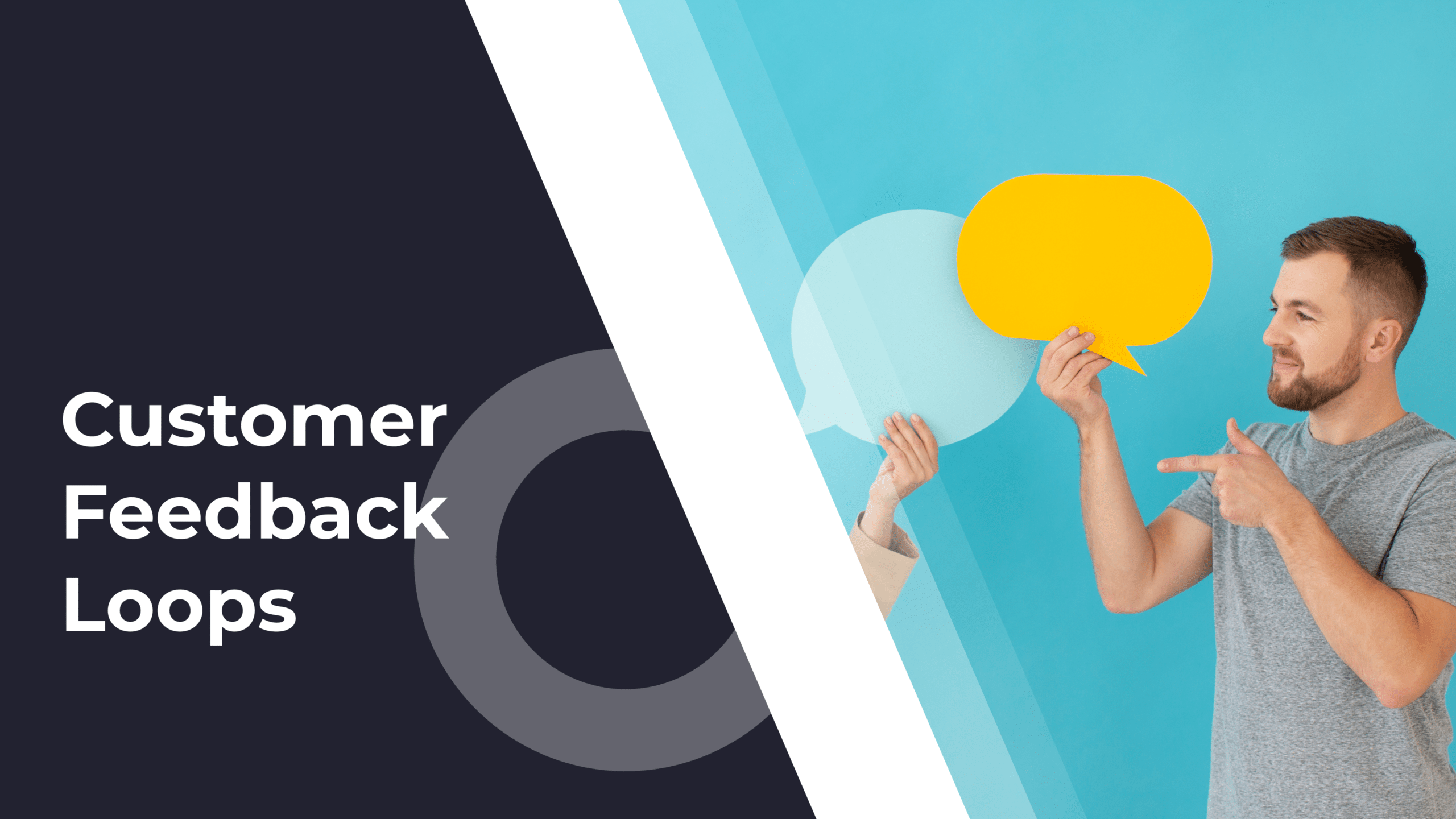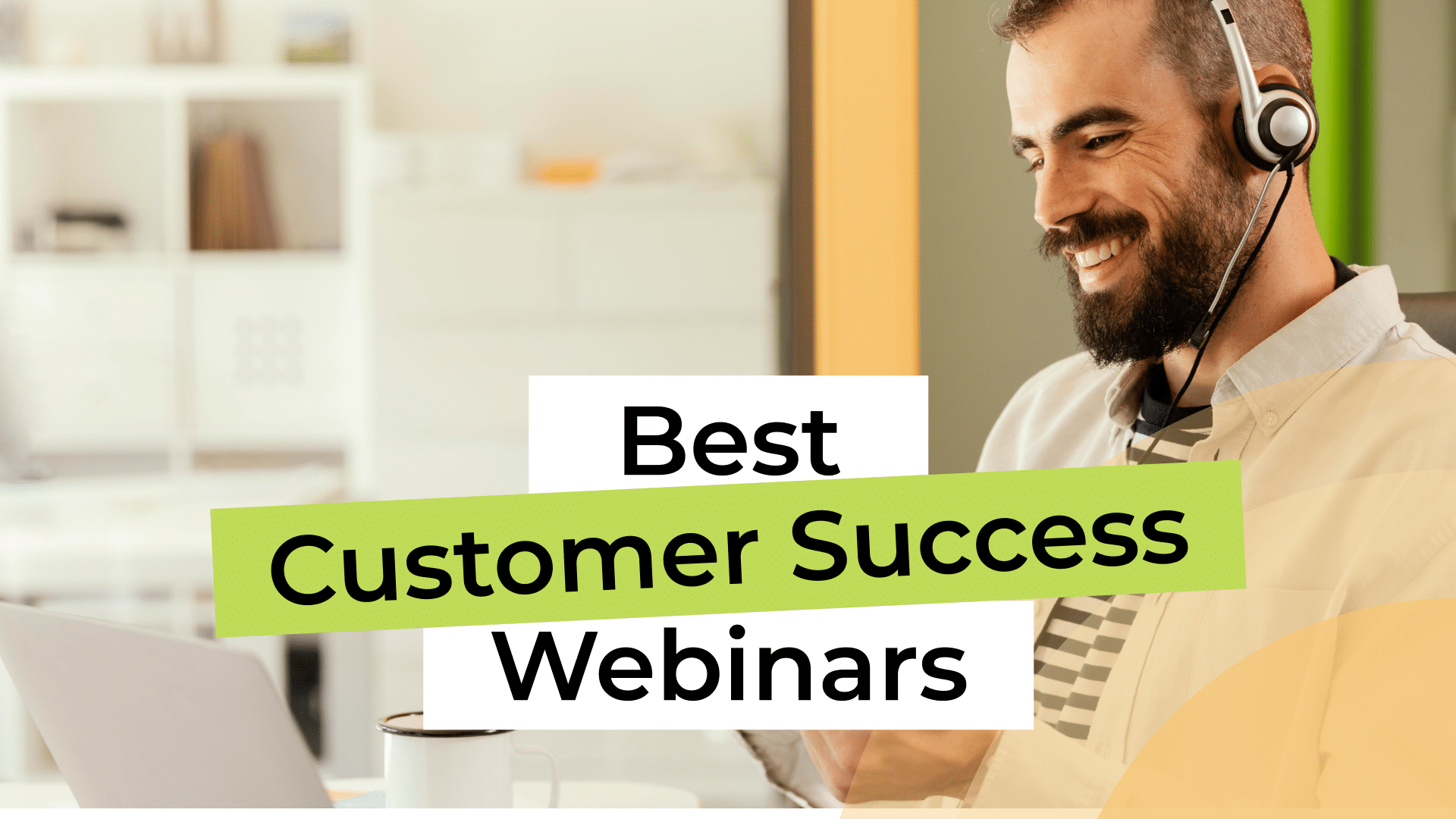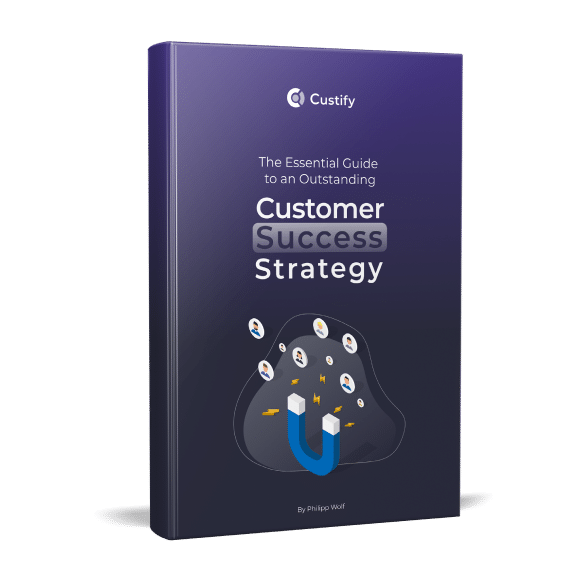When you’re starting out in customer success, it can feel like behind any door you open hides a fire you had to put out yesterday. Every tactic seems both easy to understand and complex to execute. And all the while, clients are screaming for support and you don’t know if it should be you who handles it, or your customer support reps.
If this sounds familiar – don’t worry, breathe and take a step back – I’m here to help.
At this stage of your wondrous journey into CS, you simply need a good customer success playbook to plot out your strategy. A CS playbook will tell you what to do, how to do it, and who can help you. Let’s start with a definition:
What Is a Customer Success Playbook?
Customer success playbooks represent sets of tactics that customer success teams can implement either on a broad level, handling everything from pre-sale and onboarding to customer churn, or on a granular level, such as proactive churn prediction playbooks. The biggest advantage of customer success playbooks is they can typically be used as-is or adapted with ease for most businesses and almost all SaaS companies.
What Does a Customer Success Playbook Contain?
All CS playbooks, regardless if they focus on overall CS approaches or a highly-specific tactics, must contain all of the following to be effective:
- A name, description, along with goals for the playbook, indicating its purpose
- A clear trigger that tells CSMs when the specific playbook should start
- A list of tasks complete and a relative order in which they should be undertaken
- A set of instructions and advice on implementing said playbook
Types of CS Playbooks
Customer success playbooks typically fall into two categories: general playbooks covering a range of tactics in CS (such as the one I wrote further down), or playbooks on specific strategies like:
- Customer onboarding
- Churn prediction
- Customer value maximization
- Customer value realization
- Customer segmentation
- Account Renewal
- Account expansion
- Upselling and cross-selling
- Sales-CS handoffs

Steal this Playbook: Essential Tactics for Any Customer Success Strategy
Playbook Title: Standard Customer Success Playbook for New Accounts
Description: a simple yet extensive playbook including all mandatory customer success tactics for a new medium or high touch account.
Goals: receive sales handoff, onboard customer, drive product and feature adoption, understand customer outcomes, assist customer during implementation, monitor the account, proactively mitigate churn, expand account and maximize value
Trigger: new customer joins
Advice for implementing this playbook:
- If you need to prioritize one step in this playbook, prioritize onboarding as it can be the most impactful thing you do for an account.
- It can be overwhelming to think on such a high-level about all these micro-tactics to success. I recommend using a customer journey map to help guide you through your to-do list.
- None of these tactics work without an extensive customer success software stack. The tools you use don’t have to be expensive – in fact, most tools I selected in the linked article also have a free version.
- Don’t get stuck on the tactics suggested below or on your own ideas – some might make sense for your business, others might be better deprioritized. Be discerning and judge every tactic on a case-by-case basis.
1. Onboard the New Customer
Trigger: pre-sale conversation ends, sales hands off the account to customer success
While 63% of customers mention onboarding as a key consideration when making decisions (Wyzowl), The recent State of Customer Onboarding tells us 77% of CSMs say their sales handoffs are missing critical information. To effectively overcome this hurdle, you must ensure nothing gets lost between the pre-sale and the start of the onboarding process. This means communication and internal efficiency are key at this stage. Having self-service options also plays a vital role in reducing CSM load and educating customers.
| What to do at this stage | Useful tools | |
| 1 | Receive sales handoff & review account | CRM platform |
| 2 | Hold onboarding meeting | Product tour software |
| 3 | Determine customer outcomes | Customer success platform |
| 4 | Align with the team | AI work assistant |
| 5 | Add to customer segment | Customer support platform |
| 6 | Oversee implementation | Learning management system |
| 7 | Teach users about self-service |
2. Set Up Account Monitoring
Trigger: you know their outcomes and they’ve begun using the product
Once onboarded, you need to make sure you’re tracking the right metrics and health scores for the account in question. To that end, assign KPIs to the agreed-upon customer outcomes and ensure everyone on the team has full visibility (especially you as the lead CSM).
| What to do at this stage | Useful tools | |
| 1 | Secure data collection streams | CRM platform |
| 2 | Ensure all integrations work | Customer success platform |
| 3 | Assign KPIs to customer outcomes | AI work assistant |
| 4 | Create and balance health scores | Customer support platform |
| 5 | Set up account dashboard | Learning management system |
| 6 | Ensure stakeholder visibility | Analytics and data visualization tool |
| 7 | Add CSM note to account |
3. Create Proactive Churn Prevention Flows
Trigger: customer adopts the product and enters retention stage
Preventing churn is one of the core competencies of the lead customer success manager for an account. And it’s all about working with your customer success platform to monitor the account and see if the typical churn precursors for their customer segment apply. Then it’s simply a matter of detecting those triggers and automating alerts and customer communications to prevent churn.
| What to do at this stage | Useful tools | |
| 1 | Create churn prediction model | Customer success platform |
| 2 | Find churn precursors per segment | AI work assistant |
| 3 | Set trigger signs and health scores | Customer support platform |
| 4 | Create automation flows | Learning management system |
| 5 | Send self-service materials | Analytics and data visualization tool |
| 6 | Prioritize requests and proactively step in | Email ecosystem tool |
4. Set Up Periodic Check-ins and QBRs / EBRs
Trigger: customer adopts the product and enters retention stage
Oftentimes the metrics we use in CS don’t paint a full picture. It’s why in Custify we feature a CSM note for each account – allowing the person in charge to take ownership and say whether a customer is doing well, in danger of churn, or eligible for an upsell. Check-ins and QBRs / EBRs play a huge role in understanding where your customers are in their lifecycle and how you can help them achieve their goals with your product.
| What to do at this stage | Useful tools | |
| 1 | Schedule periodic check-ins | Customer success platform |
| 2 | Schedule QBRs / EBRs as necessary | AI work assistant |
| 3 | Monitor account in CSP | Customer support platform |
| 4 | Analyze customer & progress towards goals | Learning management system |
| 5 | Determine possible value additions | Analytics and data visualization tool |
| 6 | Determine upsell / cross-sell potential | Email ecosystem tool |
| 7 | Hold meetings and bring value | Advanced meetings and scheduling tool |
5. Plan for Growth and Account Expansion
Trigger: customer adopts the product and enters retention stage
Another key part of a customer success strategy is expansion – i.e. finding opportunities for your accounts where you can try to move them to a higher plan by offering features or plans that would actually be useful to them and help them reach their goals. Once you get more experience, it becomes easy to predict when your accounts would need add-ons or a higher subscription tier. Then it’s simply a matter of matching those moments to specific signals and KPIs and finding the optimal methods for stepping in with an upsell pitch.
| What to do at this stage | Useful tools | |
| 1 | Create upsell strategy and goals | Customer success platform |
| 2 | Determine upsell signs for segment | AI work assistant |
| 3 | Set trigger signs and health scores | Customer support platform |
| 4 | Look for rightsizing opportunities | Learning management system |
| 5 | Create automation flows | Analytics and data visualization tool |
| 6 | Monitor socials, competition, and news | Email ecosystem tool |
| 7 | Set time and approach, then reach out | Advanced meetings and scheduling tool |
How to Create Your Own Customer Success Playbook
Now that we’ve seen a clear picture of a standard customer success playbook, it’s time to ask: what’s the best way to create your own?
- Start with your objectives. You should be strategic in your approach and, in a classic project management approach, begin with the purpose of the playbook you’re building. The most common objectives in CS are churn reduction, increasing product adoption, and growing revenue.
- Find templates or other playbooks to start from. I find it easier to have a template or existing playbook that I can tweak. So take the one above, find another one that fits your use case, and make changes. Tip: your preferred AI engine can help in customizing the playbook to suit your needs.
- Find an initial trigger and map out the tactics. The key parts to include in your playbook are the trigger, i.e. when the playbook starts, and the mandatory tactics you’ll employ for each stage in the customer’s journey. Remember to be specific and clearly define each step of the playbook.
- Include processes and SOPs. Since you’re creating your own internal, custom CS playbook, it’s good to attach clearly defined processes for every tactic: what to do, how to do it, what tools to use, and who’s in charge.
- Always try to make the playbook better. If some element seems to be slightly off, not working as intended, and dragging the entire playbook, don’t be afraid to change it. Which leads me to my next point:
Common Mistakes to Avoid
It’s easy to lose clarity and focus on the wrong thing when creating a playbook. After all, our own research has shown that the average CSM is responsible for 10 or critical business activities. That’s why every customer success playbook should begin with your goals.
Here are some common mistakes to avoid when creating your CS playbook:
- Making the playbook too complex. An overly complex playbook may be useful once, for one account, before it starts to drag the entire process and the team, reducing efficiency and lowering the value of your entire CS team. Instead, work in a scalable, futureproof manner to drive playbook adoption within your CS team.
- Focusing exclusively on customer success. Don’t forget that CS doesn’t work in a void, completely independent of other departments. Sales, product, support, and even marketing all have their part to play.
- Forgetting about your customer and their team. When you’re in client relations, it’s SO easy to do customers’ work for them. Remember it’s a collaboration, you’re only there to help them get there themselves, otherwise they’ll keep coming to you for help, increasing your workload and leading to churn once you can’t help them anymore. Instead, teach them to help themselves.
- Being very rigid or very flexible. A playbook is there for a reason – to maximize efficiency and reduce decision fatigue – allowing you to get to work immediately with any account. Making the tactics extremely specific or very lax are two sides of the same coin. You should be open to changing your approach, but not so often that you create more or less a new playbook for each customer.
- Poor playbook design and experience. Last but not least, your playbook needs to be easy to understand – try using visual elements and simple language to get the point across for every tactic.
Tools and Technology Recommendations
Your playbook will require an extensive toolset for effective implementation. So before you start, look at the following list and find the tools you have, the ones you need, and decide which of those are essential for your playbook to work.
- CRM platform
- Product tour software
- Customer success platform like Cusitfy
- Advanced communications platform
- Advanced project management tool
- AI work assistant
- Customer support platform
- Learning management system
- Analytics and data visualization tool
- Email ecosystem tool
- Advanced meetings and scheduling tool
Summing Up
In customer success, working with playbooks has become standard practice – and with good reason. Playbooks increase our operational efficiency, help us deliver our customers’ outcomes while increasing their MRR and demonstrating the value of customer success within our respective organizations.
If you need help setting up your next customer success playbook, or if you need a customer success platform capable of automating tasks in those playbooks, reach out and opt for our concierge onboarding today!




